Imagine driving a car without windshield wipers. After a few days, it may become difficult or even impossible to see well enough to drive safely. Now, picture deploying a sensor-enabled platform like a robot or a drone with no method in place to clean the sensors that enable it to see and navigate. The implications are significant. Sensor cleaning is a critical consideration, and while it’s often addressed relatively late in the development cycle for sensor-enabled platforms, its importance cannot be overstated. Lab environments don’t replicate the environmental challenges that these sensors face in the real world. Let’s delve into the various contaminants and debris that can degrade sensor performance and discuss strategies for keeping sensors working reliably and consistently.
Understanding the Challenges of Sensor Contaminants
Dust:
The most prevalent contaminant we’ll consider is dust. While sensors may have an IP67 rating against dust intrusion, this rating only applies to dust intrusion within the sensors’ body. Dust can still accumulate over sensor projectors and camera lenses, leading to occlusions, refractions, and shifts in laser wavelengths.
Sensor-enabled devices are often deployed in environments notorious for dust generation. Consider construction sites, farms, and warehouses. In each of these scenarios, significant quantities of dust are generated as a result of various activities.
Dust comes in various forms, depending on the environment, but two primary factors concerning dust that impact sensors are abrasion and electrostatic stickiness. Many sensors rely on lasers tuned to specific wavelengths. For example, structured light 3D sensors use a laser projector in the 800-900nm wavelength range. The optical elements in such a system have a special chemical coating acting as a bandpass filter to allow only the specific wavelength of laser light used by the projector and camera. In environments with highly abrasive dust, such as construction sites generating silica-rich concrete dust, these chemical coatings can wear over time, leading to the failure of 3D sensors.
Consider a high dynamic range (HDR) camera mounted on a strawberry harvesting robot. HDR is used to ensure effective ripeness assessment under various lighting conditions. However, if an HDR camera becomes occluded with electrostatically charged dust particles, it may no longer provide accurate readings, potentially causing the system to fail.
Organic Matter:
This includes substances like splattered bugs, tree sap, and bird droppings. These contaminants pose challenges for autonomous platforms like autonomous vehicles (AVs), drones, and outdoor service robots. A direct hit from a bird, for instance, can disrupt sensor operations until the mess is cleaned. Similarly, an AV traveling at highway speeds can accumulate enough bugs on its sensors to degrade performance to unacceptable levels. These organic contaminants are often tacky, requiring more aggressive cleaning with chemicals and/or mechanical methods.
Human Interference:
Even seemingly clean fingers can leave fingerprints on critical sensors. While fingerprints won’t necessarily halt sensor operation, they can degrade performance. Fingerprints, like other organic matter, contain components that are tacky and challenging to remove without cleaning agents.
Liquids:
For sensor-enabled platforms operating outdoors, water and water mixed with other contaminants (such as road salt) can hinder data capture. This hindrance can persist even after the liquid has dried, leaving behind particulate residue originally suspended in the liquid.
Given the increasing presence of AVs and advanced driver assistance systems (ADAS), numerous automotive manufacturers and startups are developing sensor cleaning systems to address liquids and their associated contaminants.
Cleaning Sensors: Manual and Automatic Approaches
In certain scenarios, contamination accumulates gradually, allowing for periodic manual cleaning to ensure optimal sensor performance. In other cases, automated or integrated cleaning approaches must be considered.
Managing Dust:
Abrasive dust is a primary concern for sensors. Thankfully, abrasive dust typically lacks strong electrostatic forces and can often be cleared with strong jets of compressed air. This can be done manually using a camera lens air blaster, commonly employed for high-quality photography lenses. Alternatively, a soft bristle brush, such as a camel hair brush, can be used. These natural bristle brushes use their electrostatic charge to pick up and remove fine dust particles from lenses with minimal risk of damage. It’s important to clean these brushes periodically to avoid dust build-up. Take care when using cleaning solutions and cloths, as many household cleaners contain agents that may damage specialized coatings found on sensors. Cloths applied directly to precision sensor elements can leave fine scratches that impede proper operation. Some cleaning solutions may leave unnoticed residues. If you’re uncertain about cleaning methods for your platform’s sensors, consult the sensor manufacturer for recommendations.
For scenarios where manual cleaning is unfeasible, consider onboard compressed air. It can be supplied continuously to prevent dust from settling on sensors or provided at periodic intervals to remove accumulated dust. Be aware that compressed air may condense any moisture in the air, potentially leading to the spray of fine water particles. Therefore, a water trap or separator is recommended and will require periodic servicing. For some sensors, a liquid cleaner may be appropriate. Innovations such as integrated systems with pumps, nozzles, etc.

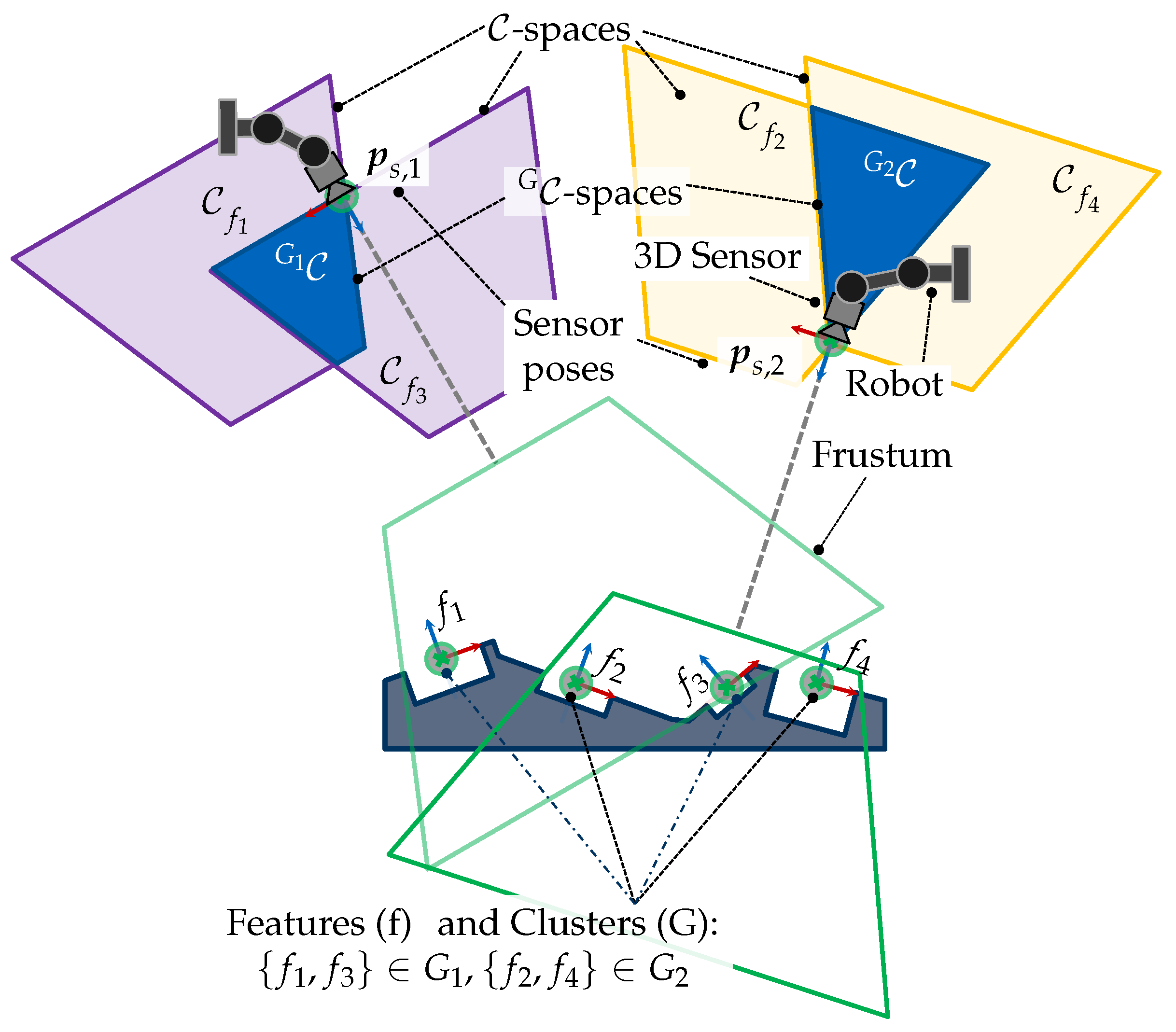
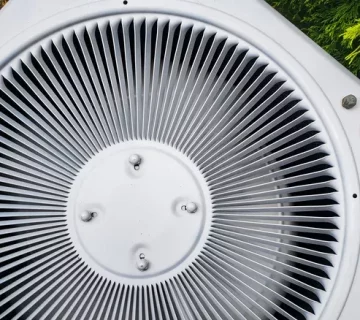
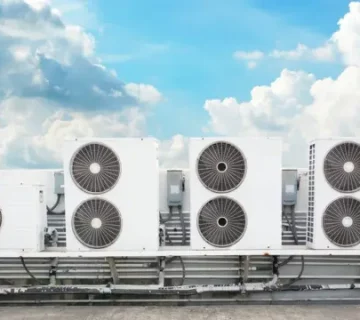
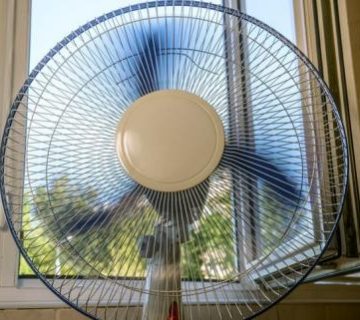
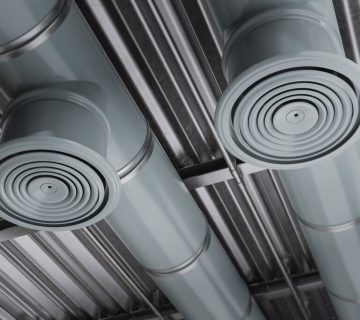


No comment